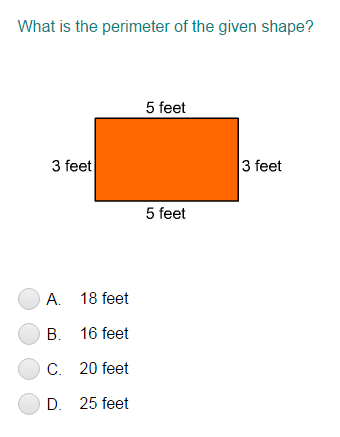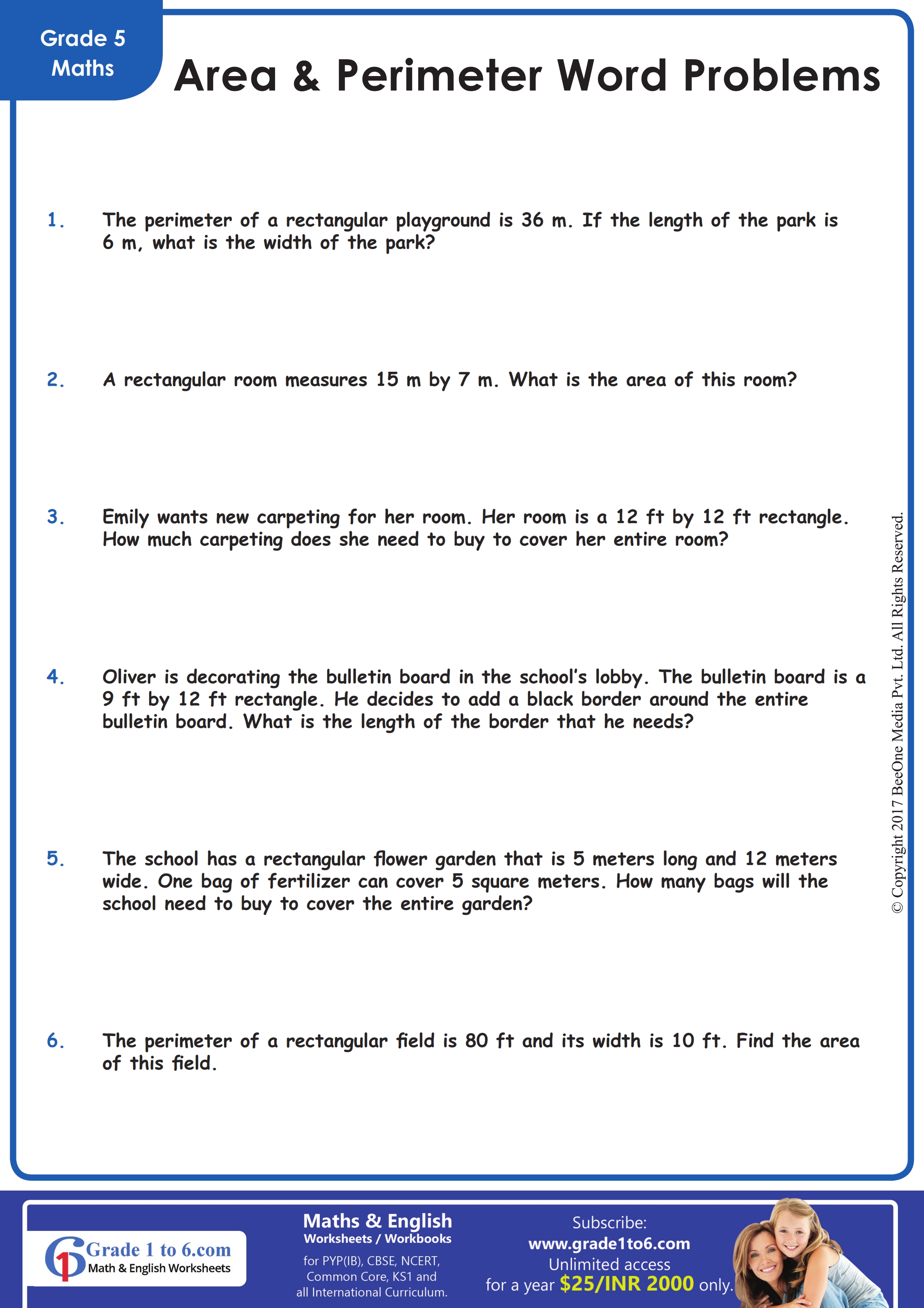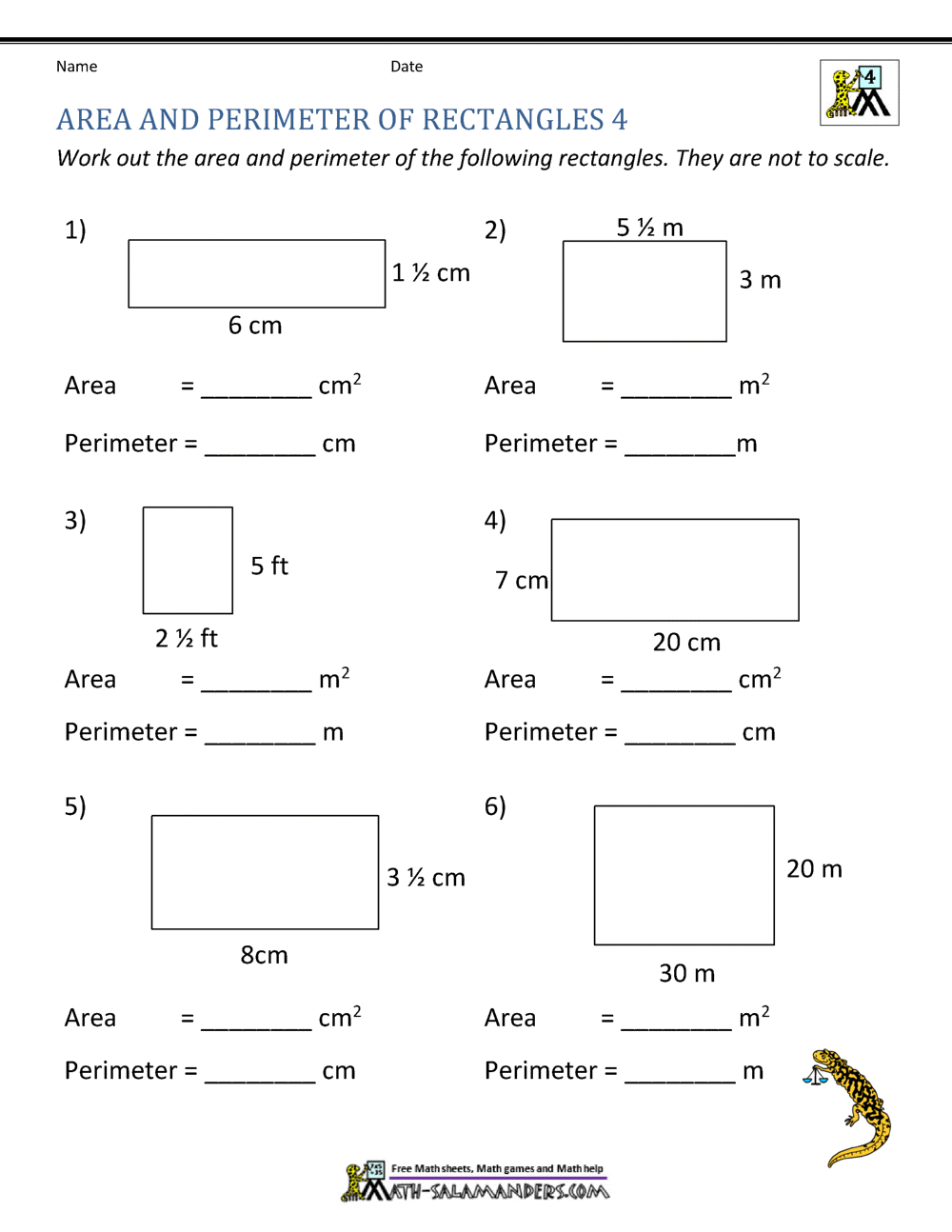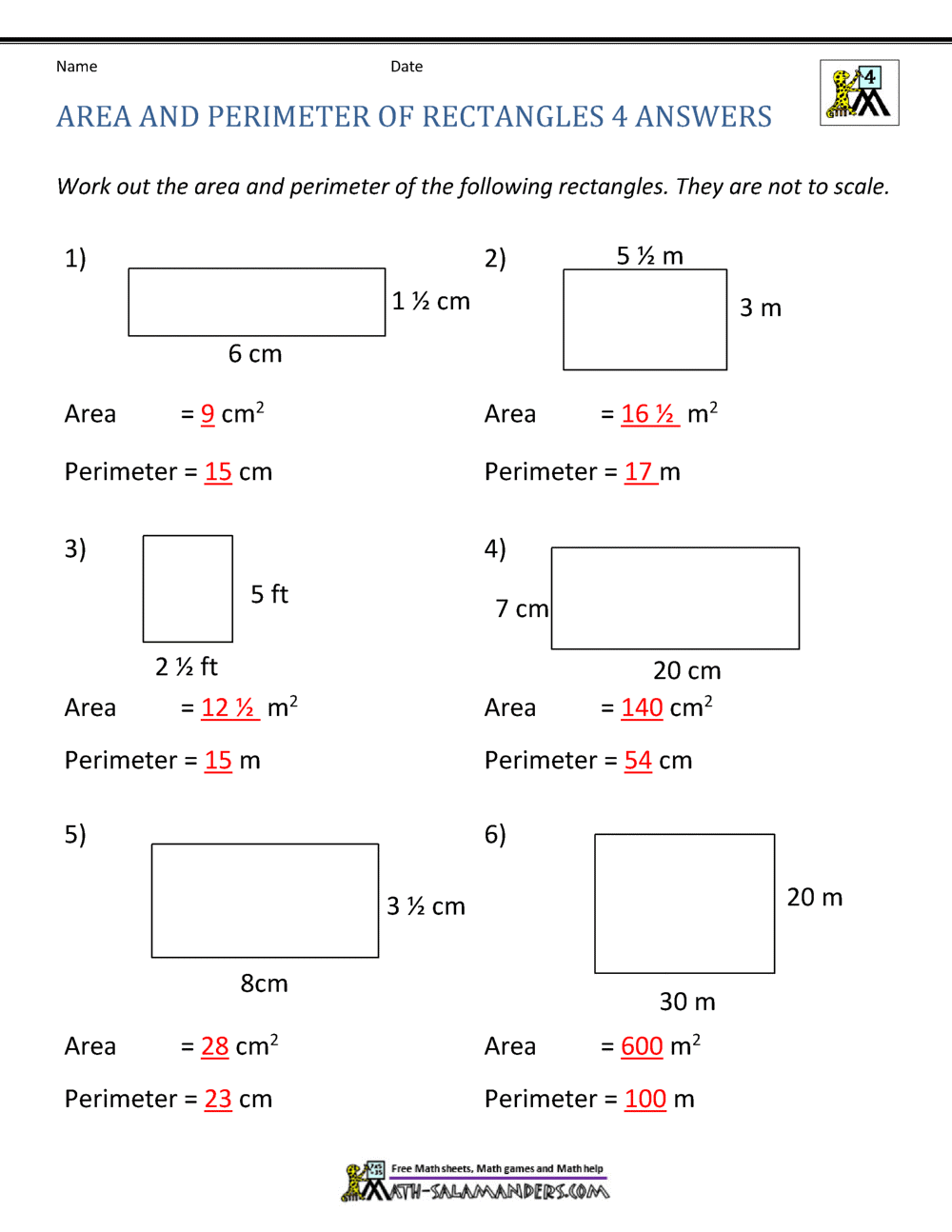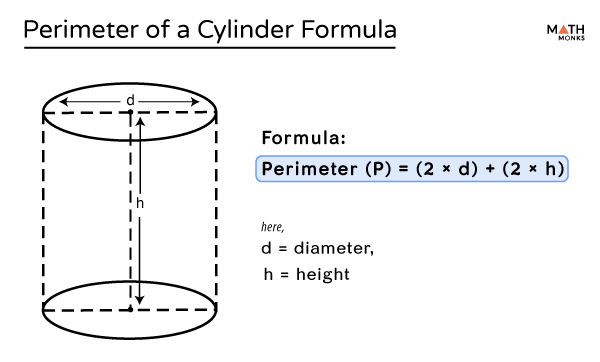Topic what is the perimeter of quadrilateral: The perimeter of a quadrilateral is the total length of its four sides. This guide explains how to calculate the perimeter of various quadrilaterals, including squares, rectangles, and trapezoids, using simple formulas and practical examples. Whether you're a student or a geometry enthusiast, understanding this fundamental concept is essential for mastering basic geometry.
Table of Content
- Understanding the Perimeter of a Quadrilateral
- Introduction
- Definition of a Quadrilateral
- General Formula for Perimeter
- Special Quadrilaterals
- Finding Missing Sides
- Practical Examples
- Special Cases
- Frequently Asked Questions (FAQs)
- YOUTUBE: Video này giải thích cách tính chu vi các hình tứ giác, bao gồm các công thức và ví dụ minh họa cụ thể.
Understanding the Perimeter of a Quadrilateral
The perimeter of a quadrilateral is the total length of its boundary, which is the sum of the lengths of all its sides. This can be calculated using the formula:
\[ P = a + b + c + d \]
where \( a \), \( b \), \( c \), and \( d \) are the lengths of the sides of the quadrilateral.
Types of Quadrilaterals and Their Perimeters
- Square: All four sides are equal, so the perimeter is \( 4a \).
- Rectangle: Opposite sides are equal, so the perimeter is \( 2(l + w) \).
- Rhombus: All four sides are equal, so the perimeter is \( 4a \).
- Parallelogram: Opposite sides are equal, so the perimeter is \( 2(l + w) \).
- Trapezoid: The perimeter is the sum of all four sides \( a + b + c + d \).
Examples
1. Perimeter of a Rectangle
Given a rectangle with a length of 10 cm and a width of 5 cm, the perimeter is calculated as:
\[ P = 2(l + w) = 2(10 + 5) = 30 \text{ cm} \]
2. Perimeter of a Square
Given a square with side length 4 cm, the perimeter is:
\[ P = 4a = 4 \times 4 = 16 \text{ cm} \]
3. Perimeter of a Trapezoid
Given a trapezoid with sides 4 cm, 6 cm, 7 cm, and 9 cm, the perimeter is:
\[ P = 4 + 6 + 7 + 9 = 26 \text{ cm} \]
Finding the Perimeter with Coordinates
To find the perimeter of a quadrilateral when the coordinates of the vertices are known, use the distance formula to calculate the length of each side:
\[ d = \sqrt{(x_2 - x_1)^2 + (y_2 - y_1)^2} \]
Add the lengths of all four sides to get the perimeter.
Example:
Given the coordinates of quadrilateral \( DEFG \) as \( (5, 7) \), \( (8, 7) \), \( (1, 3) \), and \( (9, 3) \), calculate the perimeter using the distance formula for each side and summing them up.
Conclusion
The perimeter of a quadrilateral is a straightforward calculation when all side lengths are known. For shapes like squares and rectangles, specific formulas can simplify the process. When dealing with coordinates, the distance formula is essential.

READ MORE:
Introduction
A quadrilateral is a polygon with four sides and four vertices. The perimeter of a quadrilateral is the total length of its boundary, which can be calculated by summing the lengths of all its sides. This concept is fundamental in geometry and is applicable in various real-life scenarios, such as determining the length of fencing required for a plot of land.
To find the perimeter of a quadrilateral, you simply add up the lengths of its four sides. The formula is straightforward:
\[ \text{Perimeter} = a + b + c + d \]
where \(a, b, c,\) and \(d\) are the lengths of the sides of the quadrilateral.
Different types of quadrilaterals, such as squares, rectangles, parallelograms, and trapezoids, have unique properties that sometimes allow for simplified perimeter calculations. For example, the perimeter of a rectangle can be calculated using \( \text{Perimeter} = 2(\text{length} + \text{width}) \), while the perimeter of a square is given by \( \text{Perimeter} = 4 \times \text{side length} \).
Understanding how to calculate the perimeter of a quadrilateral is essential for solving problems in both academic settings and practical applications, such as construction and design.
Definition of a Quadrilateral
A quadrilateral is a polygon with four edges (or sides) and four vertices (or corners). It is a two-dimensional geometric shape and includes well-known forms such as squares, rectangles, trapezoids, rhombuses, and parallelograms. Each quadrilateral has four angles that sum up to 360 degrees.
Properties of a Quadrilateral
- Four sides
- Four vertices
- Four angles
- The sum of interior angles is 360 degrees
Types of Quadrilaterals
Quadrilaterals can be classified into several types based on their properties:
- Square: All four sides are equal, and all angles are 90 degrees.
- Rectangle: Opposite sides are equal, and all angles are 90 degrees.
- Rhombus: All four sides are equal, but angles are not necessarily 90 degrees.
- Trapezoid: Only one pair of opposite sides is parallel.
- Parallelogram: Opposite sides are equal and parallel, but angles are not necessarily 90 degrees.
General Formula for Perimeter
The perimeter of a quadrilateral is the total length of its boundary, which is the sum of the lengths of all its sides. This can be expressed with the general formula:
\[ \text{Perimeter} = a + b + c + d \]
where \(a\), \(b\), \(c\), and \(d\) represent the lengths of the four sides of the quadrilateral.
Here are the steps to find the perimeter of a quadrilateral:
- Identify and measure the lengths of all four sides of the quadrilateral.
- Add these measurements together to get the total perimeter.
For specific types of quadrilaterals, the formula can be simplified:
- **Square**: Since all four sides are equal, the perimeter is \(4a\) where \(a\) is the length of one side.
- **Rectangle**: The perimeter is \(2(\text{length} + \text{width})\).
- **Rhombus**: Similar to the square, the perimeter is \(4a\) where \(a\) is the length of one side.
- **Parallelogram**: The perimeter is \(2(\text{length} + \text{width})\).
To find the perimeter of an irregular quadrilateral where not all sides are known, you can use the known sides and calculate the missing side if the total perimeter is given, or measure the unknown side directly.
Special Quadrilaterals
Special quadrilaterals have unique properties that simplify the calculation of their perimeters. Below, we discuss the specific formulas for squares, rectangles, rhombuses, and trapezoids:
- Square:
All four sides of a square are equal. The formula for the perimeter \(P\) is:
\[ P = 4a \] where \(a\) is the length of a side.
For example, if each side of a square is 5 cm, the perimeter is:
\[ P = 4 \times 5 \, \text{cm} = 20 \, \text{cm} \]
- Rectangle:
A rectangle has opposite sides that are equal in length. The perimeter \(P\) is calculated as:
\[ P = 2(l + w) \] where \(l\) is the length and \(w\) is the width.
For instance, for a rectangle with length 8 cm and width 3 cm:
\[ P = 2(8 \, \text{cm} + 3 \, \text{cm}) = 2 \times 11 \, \text{cm} = 22 \, \text{cm} \]
- Rhombus:
A rhombus has all four sides of equal length. The perimeter \(P\) is:
\[ P = 4a \] where \(a\) is the length of a side.
For example, if each side of a rhombus is 6 cm, the perimeter is:
\[ P = 4 \times 6 \, \text{cm} = 24 \, \text{cm} \]
- Trapezoid:
A trapezoid has only one pair of opposite sides that are parallel. The perimeter \(P\) is the sum of all its side lengths:
\[ P = a + b + c + d \] where \(a\), \(b\), \(c\), and \(d\) are the lengths of the sides.
For instance, for a trapezoid with sides 3 cm, 5 cm, 4 cm, and 6 cm:
\[ P = 3 \, \text{cm} + 5 \, \text{cm} + 4 \, \text{cm} + 6 \, \text{cm} = 18 \, \text{cm} \]
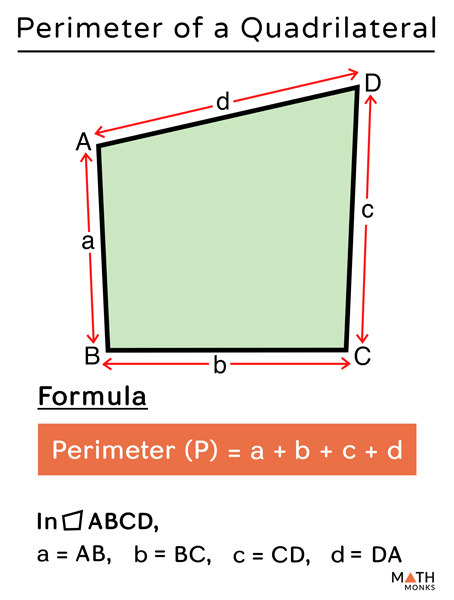
Finding Missing Sides
To find the perimeter of a quadrilateral with a missing side, we can use various properties and formulas depending on the type of quadrilateral. Below are the steps and examples for different cases:
- Using Known Sides: If three sides of a quadrilateral are known, the fourth side can often be determined based on the properties of the specific quadrilateral. For example, in a rectangle, if the lengths of three sides are known, the fourth side can be calculated using the relationships between opposite sides.
- Using Coordinates: If the coordinates of the vertices are known, the distance formula can be used to find the lengths of the sides. The formula is given by:
\[
d = \sqrt{(x_2 - x_1)^2 + (y_2 - y_1)^2}
\]- Use the distance formula to calculate the length of each side.
- Add the lengths of all four sides to find the perimeter.
- Example: Given a quadrilateral with vertices at coordinates \((5, 7)\), \((8, 7)\), \((1, 3)\), and \((9, 3)\):
- Calculate the length of side \(DE\): \(d = \sqrt{(8-5)^2 + (7-7)^2} = 3\)
- Calculate the length of side \(FG\): \(d = \sqrt{(9-1)^2 + (3-3)^2} = 8\)
- Calculate the length of side \(EG\): \(d = \sqrt{(8-9)^2 + (7-3)^2} = 4.1\)
- Calculate the length of side \(FD\): \(d = \sqrt{(5-1)^2 + (7-3)^2} = 5.7\)
- The perimeter is the sum of all sides: \(3 + 8 + 4.1 + 5.7 = 20.8\)
- Using Properties of Special Quadrilaterals:
For quadrilaterals with known properties, such as squares, rectangles, rhombuses, and trapezoids, the missing side can be calculated based on their unique characteristics:
- Rectangle: Opposite sides are equal. If the length (\(l\)) and width (\(w\)) are known, the perimeter \(P\) is \(2(l + w)\).
- Square: All sides are equal. If one side (\(a\)) is known, the perimeter \(P\) is \(4a\).
- Rhombus: All sides are equal. If one side (\(a\)) is known, the perimeter \(P\) is \(4a\).
- Trapezoid: Sum of all sides. If sides \(a\), \(b\), \(c\), and \(d\) are known, the perimeter \(P\) is \(a + b + c + d\).
By understanding these methods, you can effectively determine the missing sides and calculate the perimeter of various quadrilaterals.
Practical Examples
Let's look at some practical examples to understand how to calculate the perimeter of different types of quadrilaterals.
- Example 1: Calculate the perimeter of a rectangle
- Length (\(l\)) = 10 cm
- Width (\(w\)) = 5 cm
- Example 2: Find the perimeter of a square
- Side length (\(a\)) = 4 cm
- Example 3: Determine the perimeter of an irregular quadrilateral
- Side lengths: 6 cm, 7 cm, 9 cm, and 10 cm
- Example 4: Calculate the perimeter of a trapezoid
- Sides: 4 cm, 6 cm, 7 cm, and 9 cm
- Example 5: Find the perimeter of a kite
- Two pairs of adjacent sides: 7 cm and 13 cm
Given:
Formula:
\[
\text{Perimeter} = 2 \times (\text{length} + \text{width})
\]
Calculation:
\[
\text{Perimeter} = 2 \times (10 \, \text{cm} + 5 \, \text{cm}) = 2 \times 15 \, \text{cm} = 30 \, \text{cm}
\]
Given:
Formula:
\[
\text{Perimeter} = 4 \times \text{side length}
\]
Calculation:
\[
\text{Perimeter} = 4 \times 4 \, \text{cm} = 16 \, \text{cm}
\]
Given:
Formula:
\[
\text{Perimeter} = \text{sum of all sides}
\]
Calculation:
\[
\text{Perimeter} = 6 \, \text{cm} + 7 \, \text{cm} + 9 \, \text{cm} + 10 \, \text{cm} = 32 \, \text{cm}
\]
Given:
Formula:
\[
\text{Perimeter} = \text{sum of all sides}
\]
Calculation:
\[
\text{Perimeter} = 4 \, \text{cm} + 6 \, \text{cm} + 7 \, \text{cm} + 9 \, \text{cm} = 26 \, \text{cm}
\]
Given:
Formula:
\[
\text{Perimeter} = 2 \times (\text{side1} + \text{side2})
\]
Calculation:
\[
\text{Perimeter} = 2 \times (7 \, \text{cm} + 13 \, \text{cm}) = 2 \times 20 \, \text{cm} = 40 \, \text{cm}
\]
Special Cases
Calculating the perimeter of a quadrilateral can involve special cases that require unique approaches. Here are some of the most notable special cases:
1. Cyclic Quadrilateral
A cyclic quadrilateral is one that is inscribed in a circle. The unique property of a cyclic quadrilateral is that the sum of its opposite angles is 180 degrees. To find the perimeter of a cyclic quadrilateral:
- Measure all four sides.
- Use the basic perimeter formula: \( P = a + b + c + d \).
2. Quadrilateral with an Inscribed Circle
When a quadrilateral has an inscribed circle (a circle that touches all four sides), it is called a tangential quadrilateral. The sum of the lengths of opposite sides is equal. The perimeter can be found using the following steps:
- Measure the sides that are tangent to the circle.
- Apply the formula: \( P = a + b + c + d \).
3. Quadrilateral with Given Coordinates
To find the perimeter of a quadrilateral with given vertex coordinates, use the distance formula to calculate the length of each side:
- Determine the coordinates of each vertex \((x_1, y_1), (x_2, y_2), (x_3, y_3), (x_4, y_4)\).
- Use the distance formula to find the length of each side: \[ \text{Distance} = \sqrt{(x_2 - x_1)^2 + (y_2 - y_1)^2} \]
- Sum the lengths of all four sides to find the perimeter: \[ P = AB + BC + CD + DA \]
4. Parallelogram
In a parallelogram, opposite sides are equal in length. The perimeter is calculated as follows:
- If the lengths of adjacent sides are \(a\) and \(b\), the perimeter formula is: \[ P = 2a + 2b \]
5. Rhombus
A rhombus has all four sides of equal length. Therefore, the perimeter is simply four times the length of one side:
- For side length \(a\): \[ P = 4a \]
6. Kite
A kite has two pairs of adjacent sides that are equal. To find the perimeter:
- Let the lengths of the pairs of equal sides be \(a\) and \(b\): \[ P = 2a + 2b \]
7. Trapezoid
In a trapezoid, only one pair of opposite sides is parallel. The perimeter is calculated by summing the lengths of all sides:
- If the side lengths are \(a\), \(b\), \(c\), and \(d\): \[ P = a + b + c + d \]
Frequently Asked Questions (FAQs)
- What are the six types of quadrilaterals?
There are six common types of quadrilaterals:
- Square
- Rectangle
- Rhombus
- Trapezium
- Parallelogram
- Kite
- What does quadrilateral mean?
The term "quadrilateral" is derived from the Latin words "quadri" meaning four and "latus" meaning side. Therefore, a quadrilateral is a polygon with four sides.
- What are the four properties of a quadrilateral?
A quadrilateral has the following properties:
- It has four sides.
- It has four angles.
- It has four vertices.
- The sum of its interior angles is 360 degrees.
- What shapes are considered quadrilaterals?
Shapes that are quadrilaterals include squares, rectangles, rhombuses, parallelograms, trapeziums, and kites.
- How do you identify a quadrilateral?
A quadrilateral can be identified as a two-dimensional, closed figure with four sides, four vertices, and four angles. The sum of its interior angles is always 360 degrees.
- What is the best definition of a quadrilateral?
A quadrilateral is a polygon with four sides, four vertices, and four angles. The line segments that form the sides do not intersect except at their endpoints.

Video này giải thích cách tính chu vi các hình tứ giác, bao gồm các công thức và ví dụ minh họa cụ thể.
Tính Chu Vi Các Hình Tứ Giác
READ MORE:
Cách xác định chu vi của một tứ giác sử dụng công thức khoảng cách của bốn điểm



